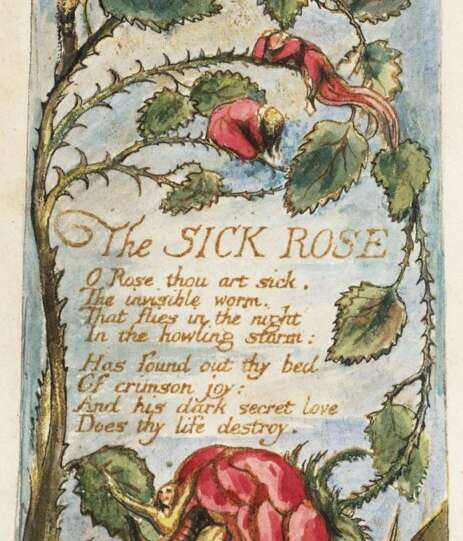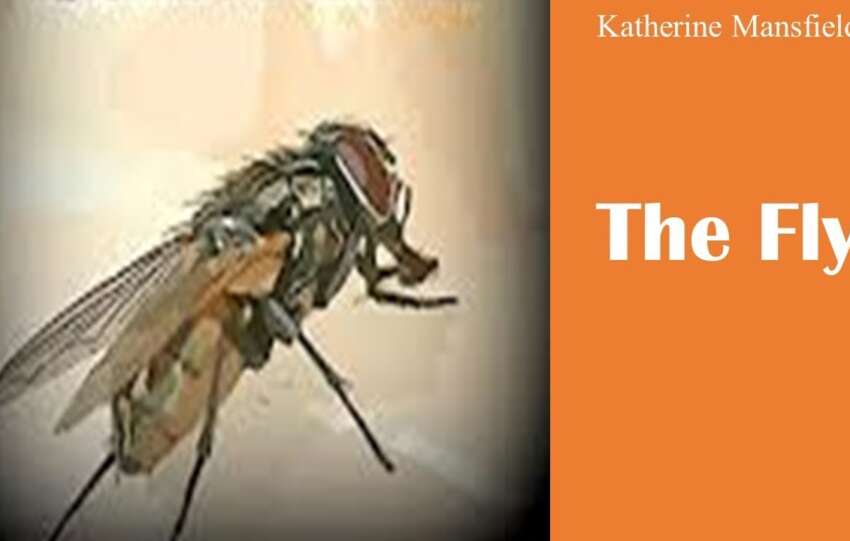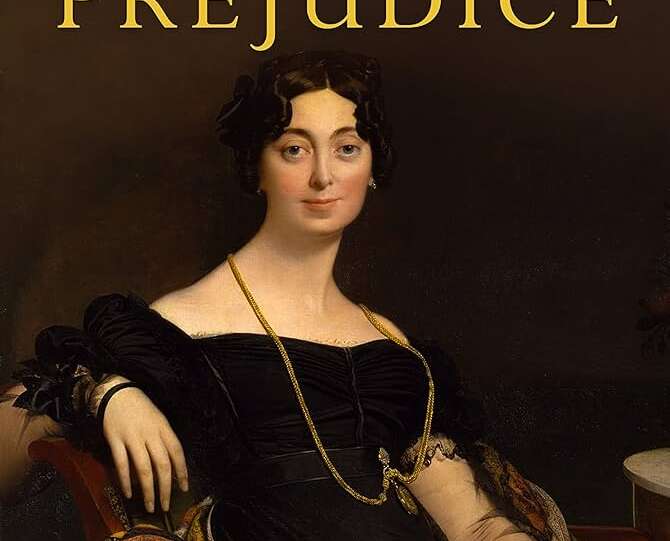
Alliteration: Definition, Key aspects and Examples
Definition of Alliteration:
Alliteration is a literary device characterized by the repetition of consonant sounds at the beginning of closely connected words within a phrase or line of poetry. It is often used to create musicality, emphasis, and a memorable effect in written and spoken language. Alliteration adds musicality, rhythm, and emphasis to both prose and poetry. Its repeated sounds can create a memorable effect, enhance the mood or meaning of a piece, and contribute to the overall aesthetic appeal of the language.
Key aspects of Alliteration:
Here are the key aspects and examples of alliteration:
- Repetition of consonant sounds: Alliteration relies on the repetition of consonant sounds, specifically the initial sounds of words, to create a rhythmic and melodic effect. It can occur with any consonant sound, such as “p,” “b,” “s,” “m,” or “f.”
- Proximity of words: Alliterative words or phrases are usually positioned closely together, either within the same line or in successive lines, to enhance the rhythmic pattern and make the alliteration more apparent.
- Stress on sound: The alliterative sounds are typically stressed or pronounced more prominently to draw attention to their repetition and to create a noticeable pattern.
Examples of Alliteration:
- Peter Piper picked a peck of pickled peppers. In this famous tongue-twister, the repeated “p” sound creates a playful and rhythmic effect.
- Sally sells seashells by the seashore. The repetition of the “s” sound in this phrase produces a smooth and flowing sound, mimicking the sound of the ocean waves.
- She sells seashells on the seashore. This variation of the previous example further emphasizes the “s” sound, enhancing the musical quality.
- The fair breeze blew, the white foam flew. This line from Lord Byron’s “The Destruction of Sennacherib” features alliteration with the repeated “b” sound, adding a sense of movement and energy to the description.
- Wide-eyed and wondering, the owl watched in the moonlit night. In this sentence, the repeated “w” sound creates a sense of wonder and emphasizes the owl’s attentive gaze.
- From forth the fatal loins of these two foes. This line from Shakespeare’s “Romeo and Juliet” employs alliteration with the “f” sound, adding emphasis and intensity to the description of the two warring families.
Also read: Discuss about Black comedy or Dark comedy, its characteristics, examples





